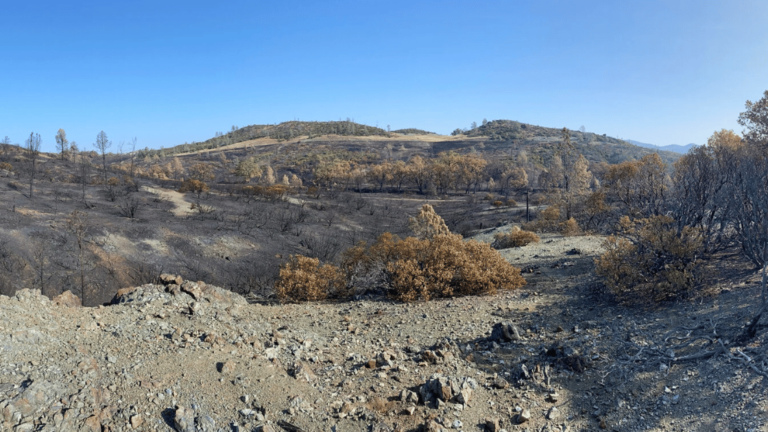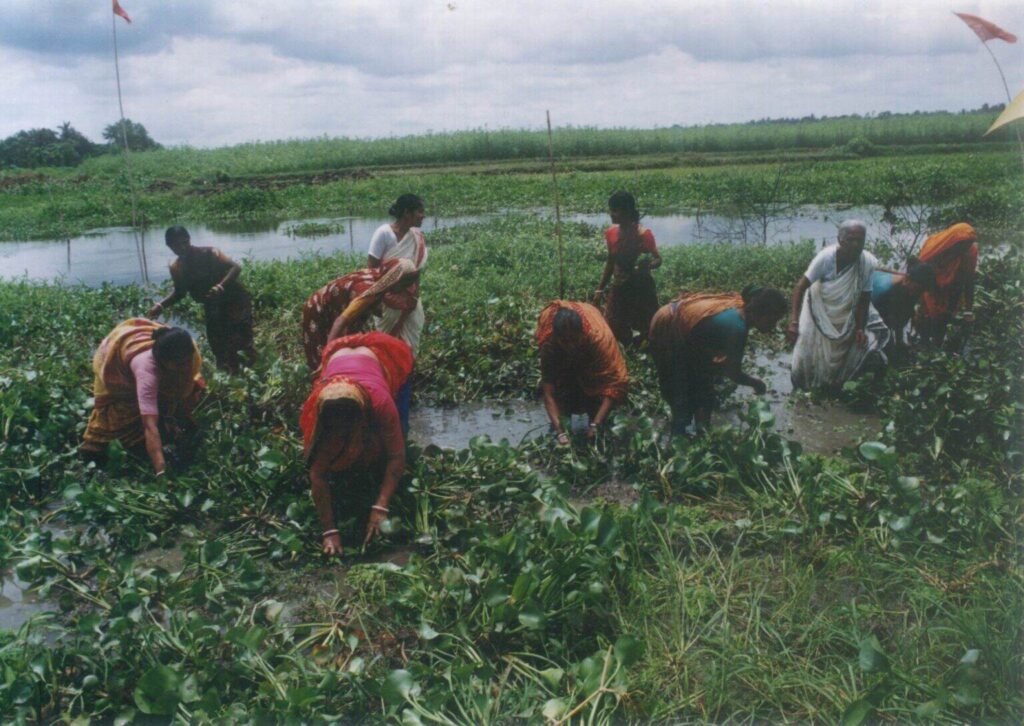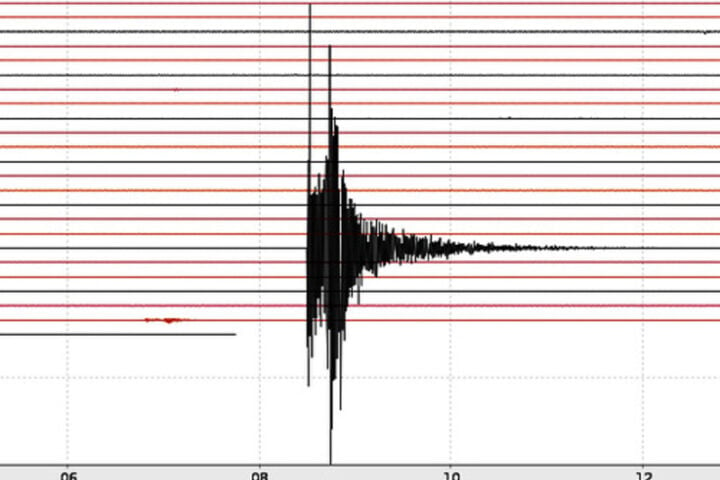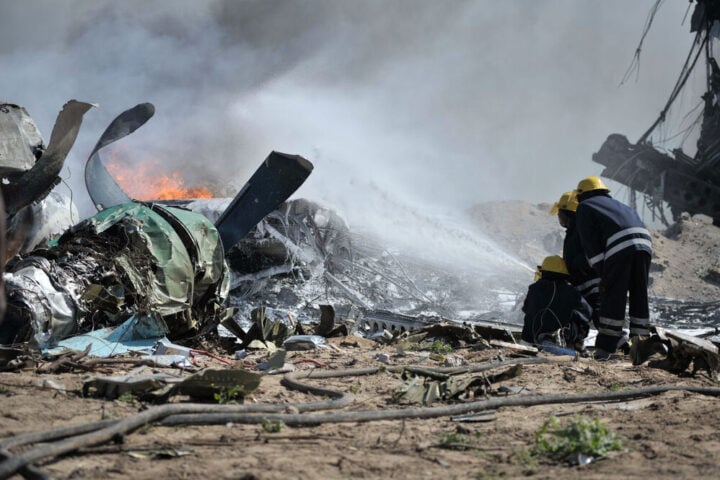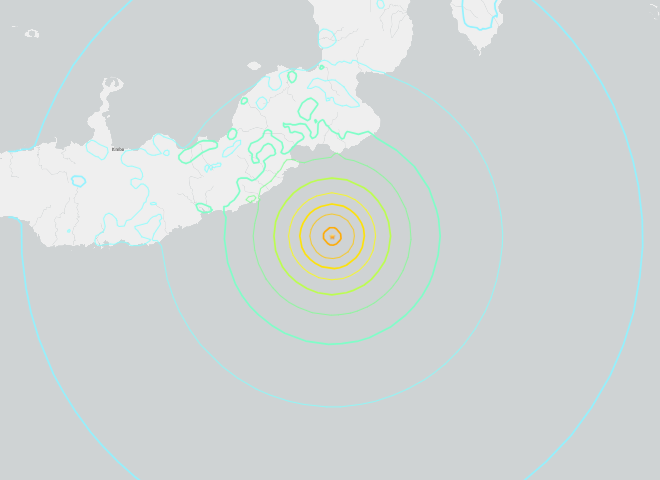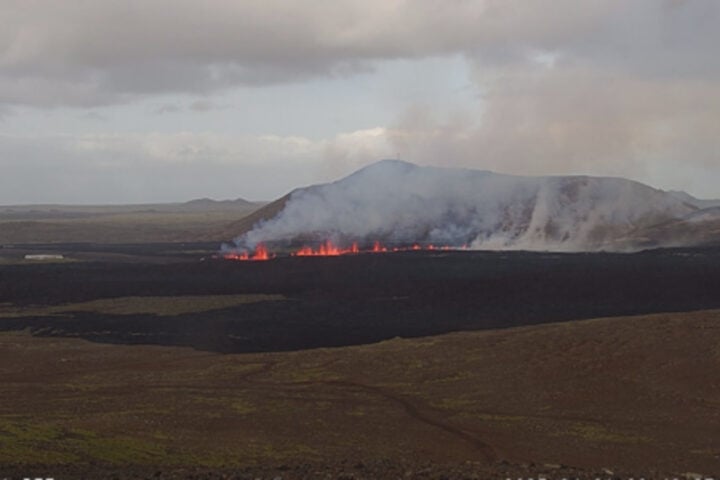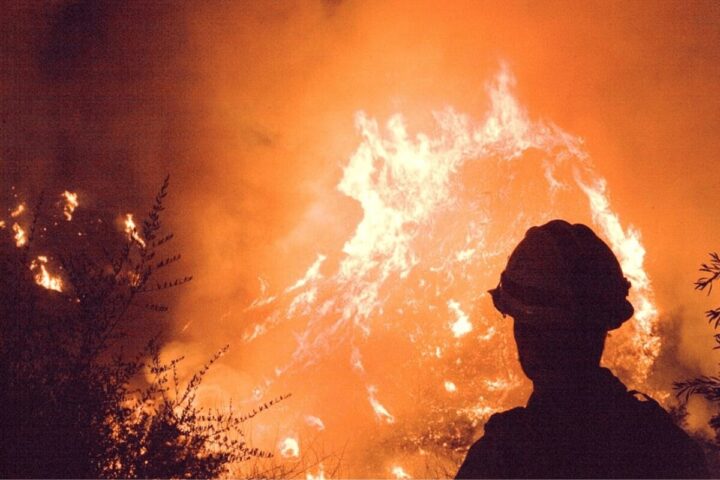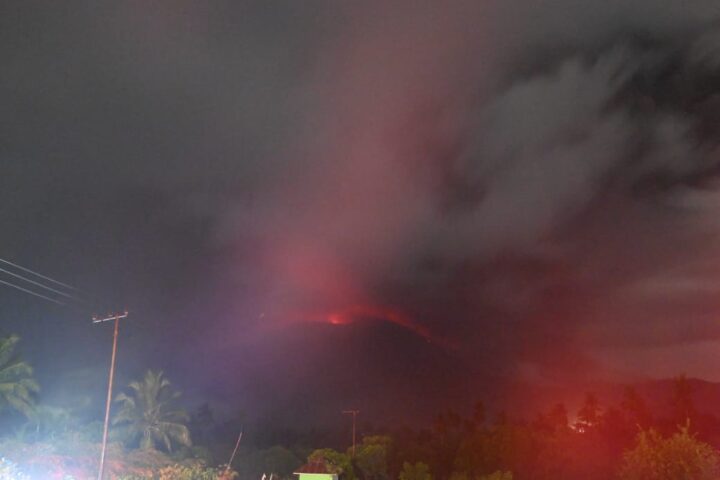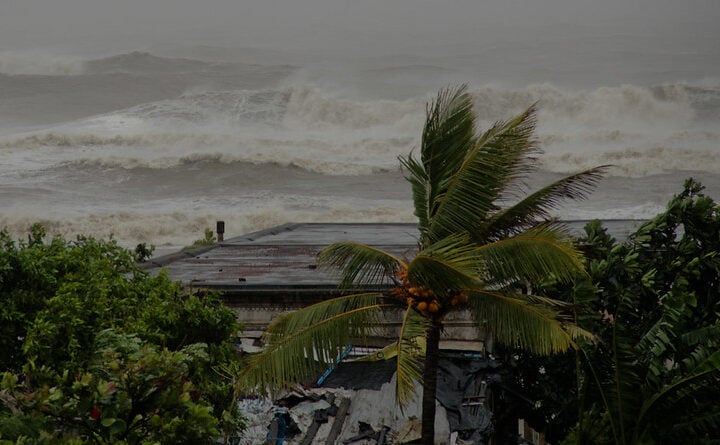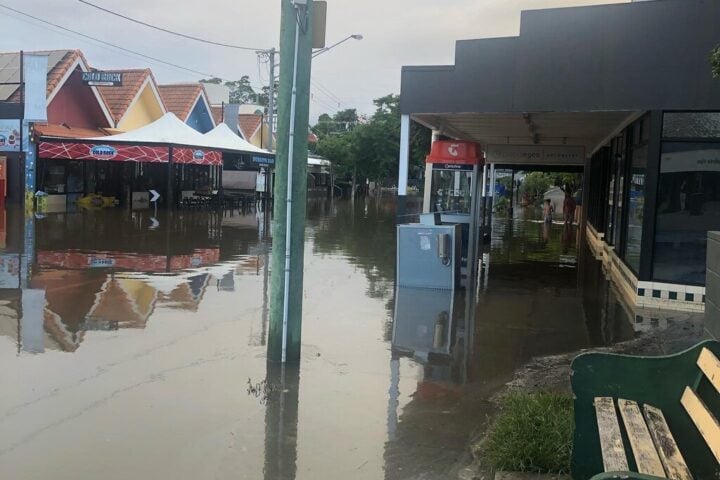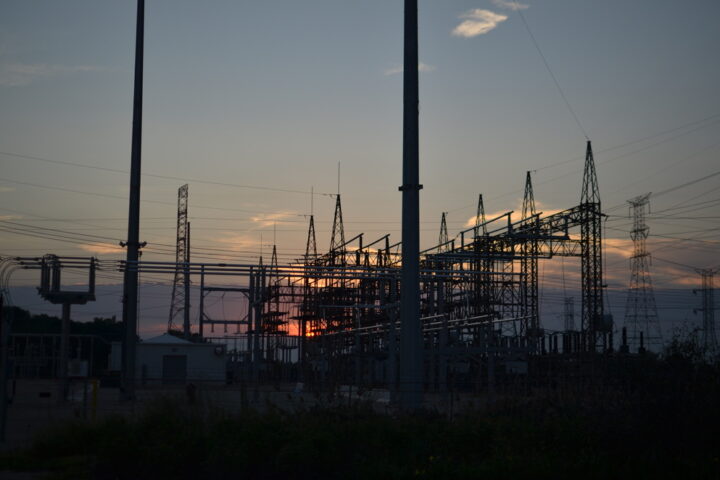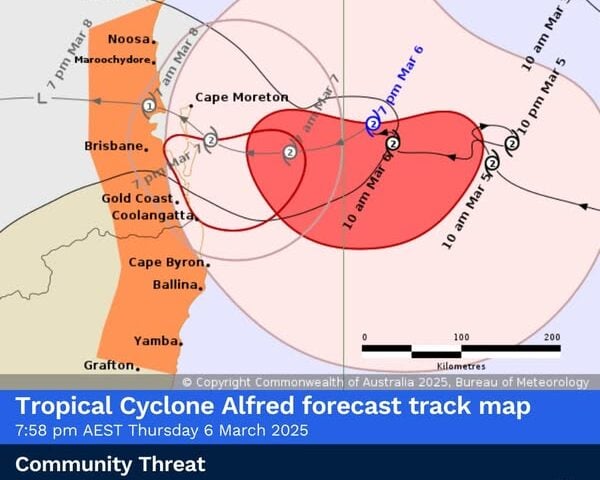Wildfires, nature’s furious infernos, not only devour landscapes but also metamorphose seemingly harmless elements into airborne menaces. A recent Stanford University study, published on December 12 in Nature Communications, illuminates a startling transformation: wildfires convert soil and plant chromium into toxic, airborne particles. This groundbreaking research, spearheaded by postdoctoral scholar Alandra Lopez and overseen by Scott Fendorf, Terry Huffington Professor at the Stanford Doerr School of Sustainability, sheds light on the overlooked hazard of hexavalent chromium (Cr(VI)), a notorious carcinogen, in post-wildfire environments.
The study’s analytical rigor revealed alarming data. Samples from California’s wildfire sites showed Cr(VI) levels in ultra-fine dust 7 times higher than adjacent unburned areas. This discovery is significant, considering chromium’s abundance in soils across diverse global regions including the western United States, Australia, and South Africa.
Cr(VI), known for its cancer-inducing properties when inhaled or ingested, usually stems from industrial activities. However, this research uncovers a natural catalyst: wildfires. They transform chromium from its benign trivalent form (Cr(III))—a vital nutrient for glucose metabolism—into its hazardous hexavalent state. Lopez’s meticulous soil sampling and data collection from various ecological preserves provided a comprehensive understanding of this transformation, influenced by factors like fire severity, soil type, and vegetation.
This study raises crucial concerns about the health risks associated with wildfires, which are predicted to intensify due to climate change. “Our study suggests far more attention should be paid to wildfire-modified chromium, and we presume additional metals as well, to more thoroughly characterize the overall threats wildfires pose to human health,” Lopez stated, highlighting the urgency of this issue.
The research extends beyond scientific discovery, touching on the pressing need for public health guidance and protective measures for those exposed to wildfire-affected areas. It’s not just the immediate effects; the lingering presence of toxic chromium in the environment, even after fires are extinguished, poses a continuous threat to health, particularly in arid regions where rain, which can wash away the toxins, is scarce.
While the focus is on chromium, the researchers assert that it’s not the only metal of concern. “While chromium is one of the metals of highest concern, we’re sure it’s not the only one,” Fendorf remarked, implying broader environmental and health implications.
Moreover, the study bridges the gap between environmental science and public health, underlining the need for interdisciplinary approaches to tackle the multifaceted challenges posed by wildfires.
Similar Posts
At the heart of this study are the individuals and communities residing near wildfire-prone areas. Firefighters, local residents, and even recreational visitors to these regions are potentially inhaling toxic particulates, unknowingly risking their health. This human element underscores the urgency in addressing this environmental health concern.
The research meticulously quantified Cr(VI) levels, with concentrations in wildfire ash ranging from 327 to 13,100 µg kg−1. These findings surpass the United States Environmental Protection Agency’s recommended screening level for residential soils (300 µg Cr(VI) kg−1), raising alarms about the environmental health risks in these areas.
Looking ahead, the researchers emphasize the need for developing predictive tools to mitigate exposure risks, especially for first responders and local communities. The study’s insights could significantly influence public health guidelines and fire management practices, potentially reducing the health impacts of future wildfires.
This research from Stanford University brings to light a hidden environmental hazard: the transformation of chromium by wildfires into a toxic airborne threat. It not only adds a new dimension to our understanding of wildfires’ impact but also calls for immediate action to protect public health. As we grapple with the increasing frequency and severity of wildfires, acknowledging and addressing this threat becomes imperative for safeguarding communities worldwide.
